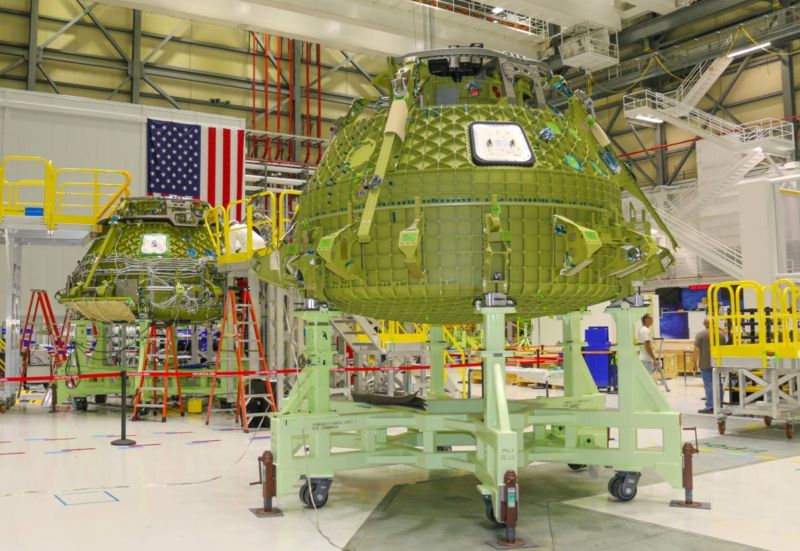
In late June, an anomaly occurred during preparations for Boeing's test of the Starliner spacecraft and its launch abort system. On Saturday, after Ars published a short report on the issue at a test site in White Sands, New Mexico, based on input from sources, Boeing provided additional information about the problem. This story has been updated to reflect the Boeing statement.
The company said it conducted a hot-fire test of the launch-abort engines on an integrated service module at the White Sands Test Facility in New Mexico in June. The engines successfully ignited and ran for the full duration, but during engine shutdown an anomaly occurred that resulted in a propellant leak. "We have been conducting a thorough investigation with assistance from our NASA and industry partners," the statement said. "We are confident we found the cause and are moving forward with corrective action. Flight safety and risk mitigation are why we conduct such rigorous testing, and anomalies are a natural part of any test program."
The pad abort test is a necessary part of certifying spacecraft for flight, as it ensures the ability of the spacecraft to pull rapidly away from its rocket in the event of an emergency during liftoff or ascent into space.
Boeing officials have apparently told NASA they believe there is an operational fix to the problem rather than a need to significantly rework the Starliner spacecraft itself. Boeing is already deep into production of two more Starliner vehicles—one that will undertake an uncrewed "Orbital Flight Test" for NASA's commercial crew program, perhaps late this year, as well as the spacecraft that will fly the "Crew Flight Test" sometime in 2019. One source indicated that this problem may not affect the uncrewed test flight but that it could delay the crew test.
A critical test
Tests of the abort system always generate significant attention, because this is one of the key safeguards during the launch process that can save the crew's life in case of a catastrophic problem. In Boeing's case, the test is still more critical because the company does not plan to conduct an in-flight abort test of the Starliner abort system. Moreover, a recent report from the US Government Accountability Office raised concerns about tumbling with some Starliner abort scenarios. (After that report came out in late April, a Boeing official told Ars the company believes that issue has been solved).
During an interview earlier this year, Chris Ferguson, the director of Starliner crew and mission systems, explained how the launch pad abort test in New Mexico would work.
"We'll go out there in the May, June time frame," Ferguson said. "We'll do a full-up test, a mile elevation and about a mile downrange. Let the whole vehicle go through its sequence of launch, adjust the attitude to the proper tail-first attitude, deploy the forward heat shield, the drogue, the chutes, separate the service module, and let the whole vehicle come down to an Earth landing. Normally, a pad abort would be a water landing, but we want to recover and reuse that spacecraft."
As recently as mid-April of this year, Boeing posted video on its website showing that the Starliner test-flight article to be used for the test was still under construction inside the company's spacecraft factory at NASA's Kennedy Space Center in Florida. Since then, however, neither the website nor the company's social media channels have provided updates about the test, which was scheduled to occur at the end of June.
reader comments
246